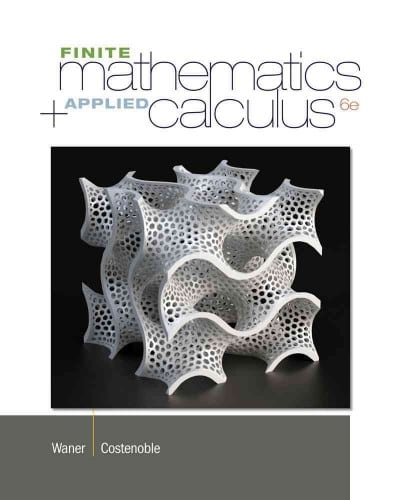Question
A career counselor wants to understand if the average annual earnings differ by educational attainment. The counselor uses three education levels: high school or less,
A career counselor wants to understand if the average annual earnings differ by educational attainment. The counselor uses three education levels: high school or less, undergraduate degree, and master's degree or more. After collecting data, the resulting incomplete one-way ANOVA table and Tukey's confidence intervals are shown below.
| Source of Variation | SS | df | MS | F |
| Between Degrees | 1,936 | |||
| Within Degrees | ||||
| Total | 8,054 | 24 |
| Lower | Upper | |
| Undergraduate-High School | 8.23 | 43.11 |
| Master's-High School | 11.89 | 46.77 |
| Master's-Undergraduate | -12.65 | 19.98 |
a. Complete the ANOVA table.
b. Set up the competing hypothesis to test whether there are differences in mean annual salary between the different education levels.
c. At the 5% significance level, what is the conclusion to the test?
d. If significant differences exist, use Tukey's confidence intervals to determine which educational levels have different mean annual earnings.
Step by Step Solution
There are 3 Steps involved in it
Step: 1

Get Instant Access to Expert-Tailored Solutions
See step-by-step solutions with expert insights and AI powered tools for academic success
Step: 2

Step: 3

Ace Your Homework with AI
Get the answers you need in no time with our AI-driven, step-by-step assistance
Get Started


